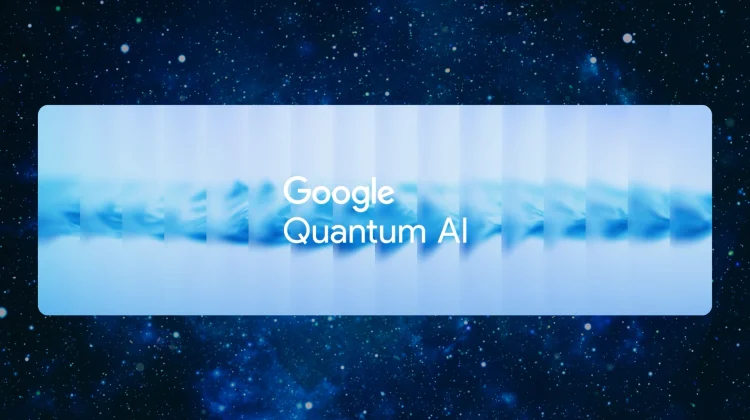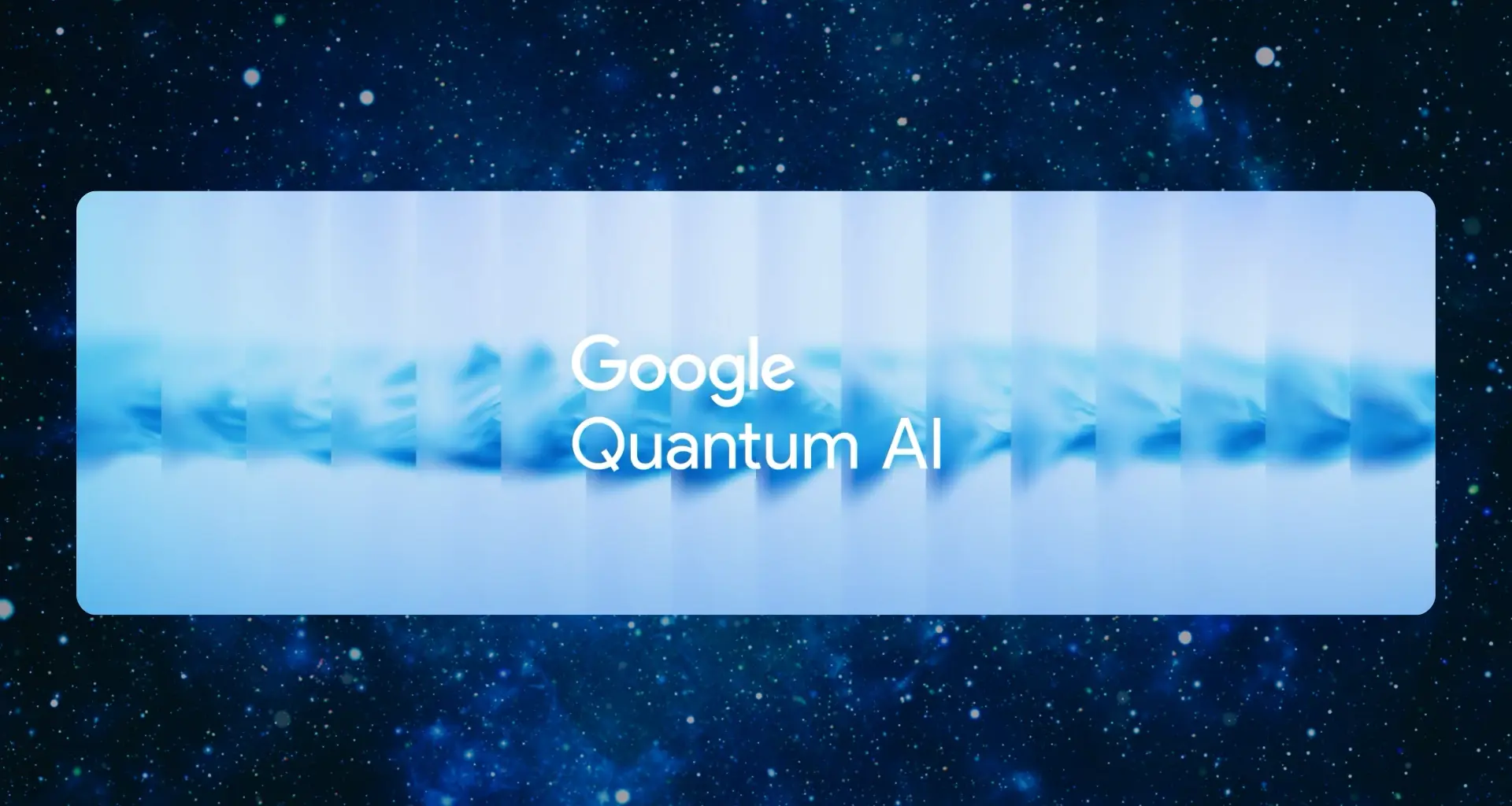
The world of quantum computing often feels like science fiction, full of mind-bending concepts and promises of future breakthroughs. Today, Google’s Quantum AI team announced a major leap that brings that future significantly closer to reality. They have demonstrated the first-ever algorithm to achieve verifiable quantum advantage on hardware, running calculations 13,000 times faster than one of the world’s fastest supercomputers; and it’s a critical step towards building quantum computers that can solve real-world problems.
Meet ‘Quantum Echoes’: An algorithm with unprecedented precision
The breakthrough, published in the prestigious journal Nature, centers around a new algorithm Google calls “Quantum Echoes.” Think of it like a highly advanced sonar. While traditional methods might give you a blurry shape, Quantum Echoes allows for unprecedented precision—like being able to read the nameplate on a shipwreck at the bottom of the ocean, not just know that a ship is there.
The algorithm works by sending a carefully crafted signal into their Willow quantum chip, perturbing a single quantum bit (qubit), and then precisely reversing the signal’s evolution to listen for the “echo” that returns. This quantum echo gets amplified through constructive interference, making the measurement incredibly sensitive.
Why ‘verifiable’ is the key word
Previous demonstrations of “quantum supremacy” or advantage have often involved complex calculations that, while fast, were difficult or impossible for classical computers to check or verify. The Quantum Echoes algorithm is different. Its results are verifiable, meaning the calculation can be repeated on the Willow chip—or another quantum computer of similar quality—to consistently get the same, correct answer.
Featured Videos
This repeatability is the foundation for practical applications. It proves the quantum computer isn’t just performing a complex random task quickly, but is reliably executing a specific, useful computation. This achievement was enabled by the advanced capabilities of the Willow chip, specifically its extremely low error rates and high-speed operations.
Moving towards real-world applications
So, what can this verifiable algorithm actually do? Quantum Echoes is particularly useful for learning the structure of complex systems, from molecules to magnets.
In a proof-of-principle experiment with UC Berkeley, Google used Quantum Echoes to study the structure of molecules using Nuclear Magnetic Resonance (NMR) data—the same science behind MRI machines. The quantum computer not only matched the results of traditional NMR but also revealed information not usually available, acting like a “quantum-scope” capable of measuring atomic interactions across longer distances.
This enhanced capability could become a powerful tool in fields like drug discovery (understanding how medicines bind to targets) and materials science (characterizing the structure of new polymers or battery components).
What’s next
This demonstration is a significant milestone on Google’s quantum hardware roadmap. While a full-scale, error-corrected quantum computer is still the ultimate goal, achieving verifiable quantum advantage with an algorithm like Quantum Echoes is a massive step towards building machines that can drive major scientific discoveries. Google’s focus now shifts to achieving its next milestone: creating a long-lived logical qubit.
Join Chrome Unboxed Plus
Introducing Chrome Unboxed Plus – our revamped membership community. Join today at just $2 / month to get access to our private Discord, exclusive giveaways, AMAs, an ad-free website, ad-free podcast experience and more.
Plus Monthly
$2/mo. after 7-day free trial
Pay monthly to support our independent coverage and get access to exclusive benefits.
Plus Annual
$20/yr. after 7-day free trial
Pay yearly to support our independent coverage and get access to exclusive benefits.
Our newsletters are also a great way to get connected. Subscribe here!
Click here to learn more and for membership FAQ

